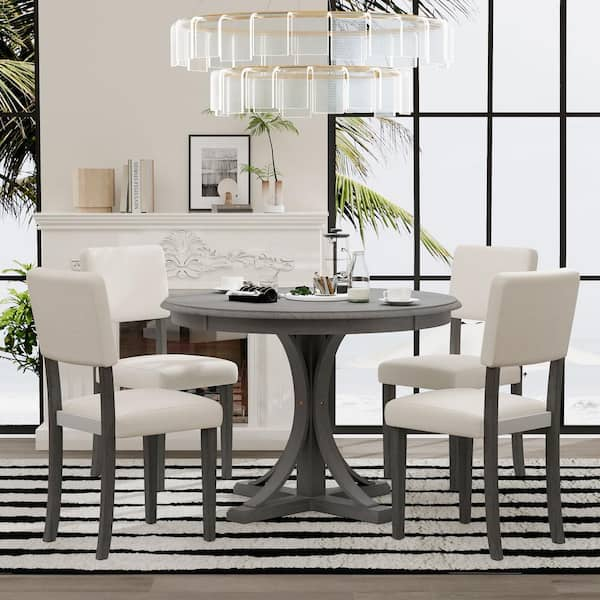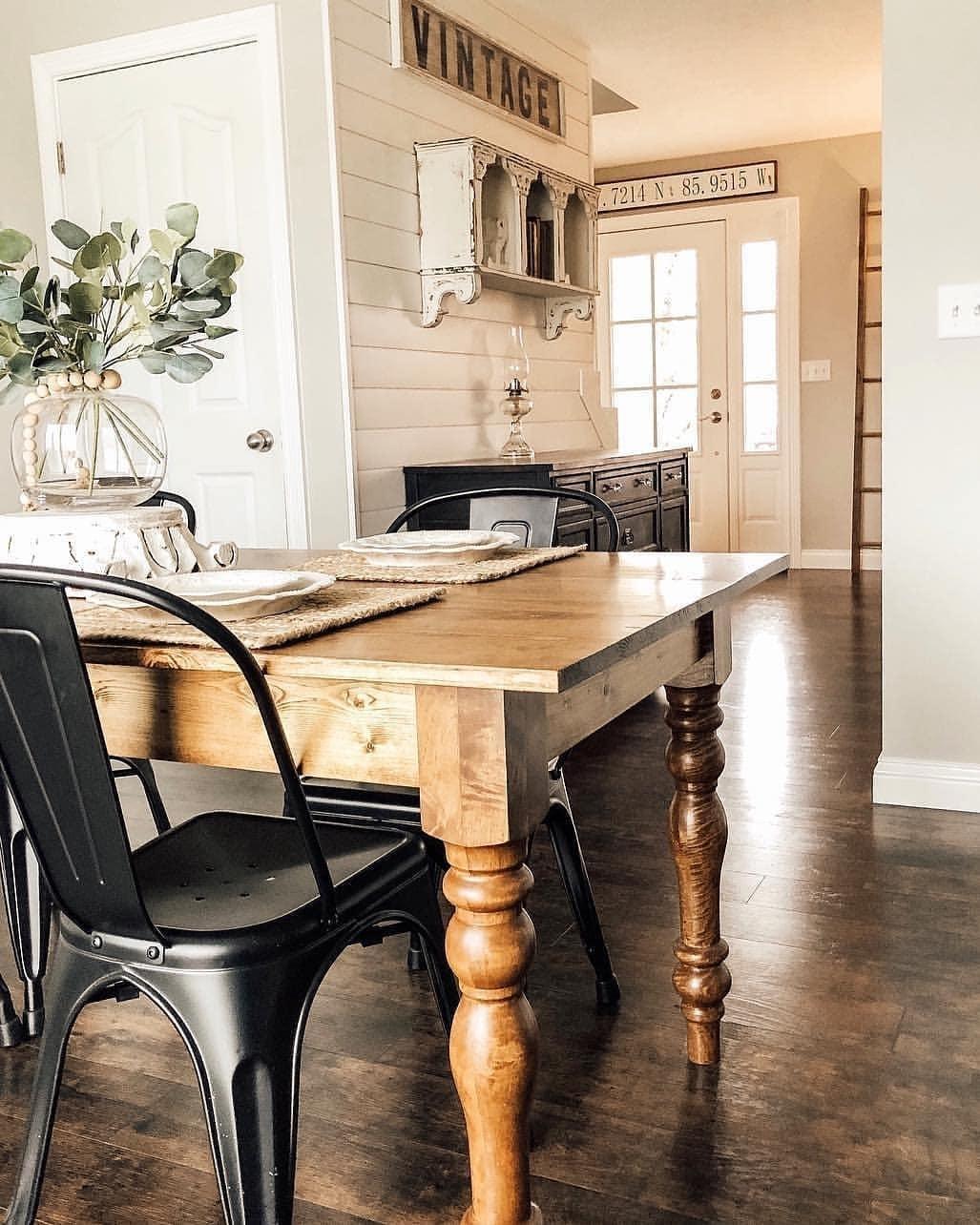The Top Trends in Dining Room Table Legs You Need to Know
The Top Trends in Dining Room Table Legs You Need to Know
Blog Article
From Standard to Modern: Discover the Perfect Dining-room Table Legs for Your Style
The selection of dining room table legs plays an essential function in defining the overall personality of your room, connecting the void in between conventional workmanship and modern-day appearances. While classic styles such as cabriole and transformed legs evoke a feeling of timeless class, contemporary designs like barrette and geometric alternatives present an opportunity for striking aesthetic rate of interest. Reviewing the best balance in between these styles calls for a nuanced understanding of your existing decoration and personal preference. As you think about these aspects, the concern remains: how can you seamlessly integrate these diverse leg designs to create a harmonious eating experience?
Comprehending Table Leg Styles
The range of dining space table leg designs can significantly influence both the looks and performance of the space. Each leg design adds special practical attributes and aesthetic elements, dealing with diverse design choices and use needs. Recognizing these styles is vital for picking the ideal table that lines up with your total indoor design vision.
For example, conical legs supply a tidy, classic appearance that can boost a space's beauty, while stand bases provide stability and optimize legroom, making them suitable for smaller rooms. Barrette legs, a characteristic of mid-century contemporary design, present an industrial style, enabling an airy, open feeling. Trestle legs evoke rustic charm, supplying robust assistance and a sense of timelessness.
Wood legs can bring warmth and appearance, whereas metal choices often convey a streamlined, contemporary vibe. Inevitably, understanding table leg designs is necessary for creating a cohesive dining location that reflects personal style while making sure functionality and convenience.
Typical Table Leg Options
When choosing dining-room table legs, traditional options commonly embody ageless sophistication and workmanship. These layouts reflect an abundant heritage and a dedication to high quality, making them suitable for those who appreciate timeless visual appeals.
One of one of the most famous traditional leg styles is the cabriole leg, characterized by its stylish curved shape. This design typically includes ornamental makings and is most generally located in Queen Anne and Chippendale furnishings. An additional preferred choice is the transformed leg, which flaunts a collection of smooth, rounded shapes that provide a classic look while maintaining security.
Furthermore, the straight leg, while easy, provides a durable and unadorned structure that can mix seamlessly with a variety of tabletop designs. For those attracted to ornate outlining, claw-and-ball feet legs evoke a sense of magnificence and can work as a spectacular prime focus in any dining space.
Lastly, stand bases, although not purely legs, provide a different typical option that enables adequate legroom and can be wonderfully carved. Each of these traditional leg styles adds to the overall setting of a dining-room, marrying feature with aesthetic charm.

Modern Table Leg Layouts
Modern table leg styles provide a diverse series of styles that highlight clean lines and cutting-edge products. These designs typically focus on functionality while acting as striking focal factors within a dining room. Minimalist aesthetics are common, with legs crafted from materials such as steel, glass, and crafted timber, which contribute to a modern and airy feeling.
One preferred style is the barrette leg, characterized by its slim, tapered structure that offers security without overwhelming the table top (dining room table legs). This style is typically discovered in mid-century modern furnishings and can easily complement different dining table shapes. One more trend is making use of geometric forms, where legs might handle asymmetrical or angular forms, including visual passion and a touch of virtuosity

Blending Designs for Special Rooms
Commonly, house owners seek to develop unique dining rooms that mirror their individual style by blending numerous why not look here layout aspects. This technique enables the consolidation of varied visual appeals, leading to a harmonious yet distinctive environment. For example, combining a rustic Home Page wooden table with sleek, modern metal legs can create a captivating comparison that boosts the space's overall allure.
Furthermore, integrating vintage table legs with modern table tops can stimulate a sense of background while preserving a contemporary perceptiveness. Such combinations not just display private preference however also urge creative thinking, allowing house owners to curate a space that really feels both individual and inviting.
Color plays an important duty in this blending procedure; selecting table legs that match or contrast with the existing color pattern can boost aesthetic rate of interest. Whitewashed legs can soften the boldness of a dark table surface area, creating a well balanced aesthetic.
Tips for Picking the Right Legs
Selecting the right table legs is essential for attaining both functionality and aesthetic charm in your dining space. Begin by thinking about the general style of your room. Traditional settings gain from legs that feature elaborate carvings or transformed styles, while modern rooms might ask for sleek, minimal designs.
Next, evaluate the height and security of the legs. dining room table legs. Standard table range in between 28 to 30 inches in height, so make certain the legs match this measurement for convenience. Furthermore, robust materials, such as wood or metal, can improve security and durability
Review browse around these guys the leg form too-- options include directly, tapered, or pedestal layouts. Straight legs provide a timeless appearance, while tapered legs can include a touch of beauty. Pedestal bases give enough legroom and are ideal for smaller spaces.
Verdict
In summary, choosing the excellent dining-room table legs needs cautious factor to consider of both modern-day and standard styles. Typical choices such as cabriole and turned legs provide timeless elegance, while contemporary designs like hairpin and geometric shapes provide a contemporary touch. By balancing leg design, elevation, and product with the overall décor, a cohesive and inviting atmosphere can be accomplished. Eventually, the chosen table legs must reflect the preferred aesthetic, boosting the eating experience within the space.
The range of eating area table leg styles can significantly affect both the appearances and capability of the area. Inevitably, recognizing table leg designs is important for producing a cohesive eating area that mirrors personal design while guaranteeing usefulness and convenience.One of the most renowned conventional leg styles is the cabriole leg, characterized by its graceful rounded form. Straight legs provide a timeless appearance, while conical legs can include a touch of elegance.In summary, choosing the optimal eating room table legs needs careful factor to consider of both traditional and modern-day styles.
Report this page